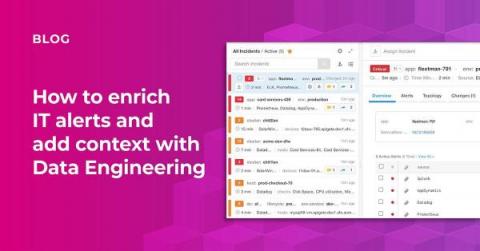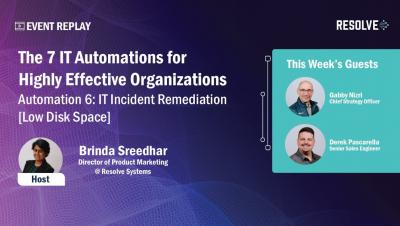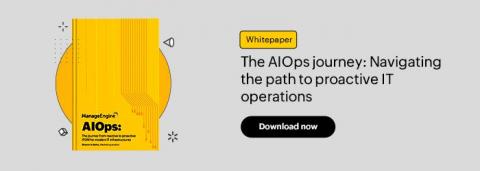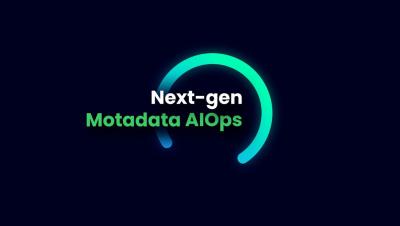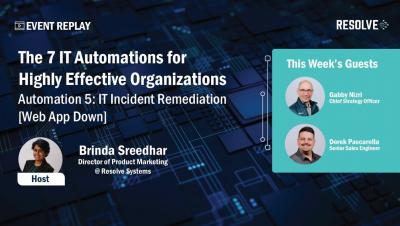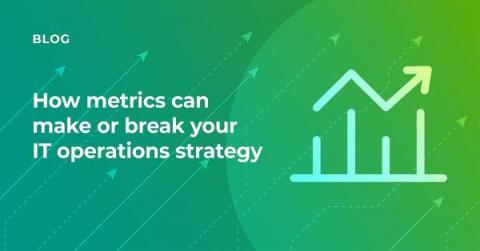Operations | Monitoring | ITSM | DevOps | Cloud
AIOps
The latest News and Information on AIOps, alerting in complex systems and related technologies.
How to enrich IT alerts and add context with Data Engineering
I see it daily in my role, IT organizations are paying for best-of-breed monitoring tools but struggle to tie the pieces together between these siloed systems. The wound of these silos is further punctured when incidents arise. Incidents are costly for so many reasons, like wasted company resources, potential revenue loss, customer satisfaction, employee burnout, etc. This is exactly why BigPanda exists, to apply AI to the complex problems IT operations, NOC, SRE, and DevOps teams face daily.
The 7 IT Automations for Highly Effective Organization: IT incident Remediation | Low Disk Space
OpenTelemetry 101: A Non-Technical Guide to Starting Your Open Observability Journey
Avantra: Deriving Value from Investing in Hyperautomation and AIOps
The AIOps journey: Navigating the path to proactive IT operations
In the modern IT era, most organizations are heavily on their IT infrastructure to stay relevant and competitive. However, managing complex IT systems can be a daunting task, as the volume of data grows and IT environments become more heterogeneous. To address these challenges, many organizations are turning towards artificial intelligence for IT operations (AIOps)—an approach that leverages AI and ML to streamline IT operations, improve efficiency, and reduce downtime.
The Observability Challenge: Limitations of the Human Brain
This is part one of a three-part blog series on Observability-the challenges and the solutions.
Minimize Downtime with Motadata AIOps
The 7 IT Automations for Highly Effective Organization: IT incident Remediation | Web App Down
How metrics can make or break your IT operations strategy
IT people know that data is king, especially in optimizing IT operations. However, figuring out which metrics to collect and how to collect them can be challenging. IT teams have to factor in what IT directors, team managers, and the people overseeing operations want, what they’re concerned about, and what they consider important.



